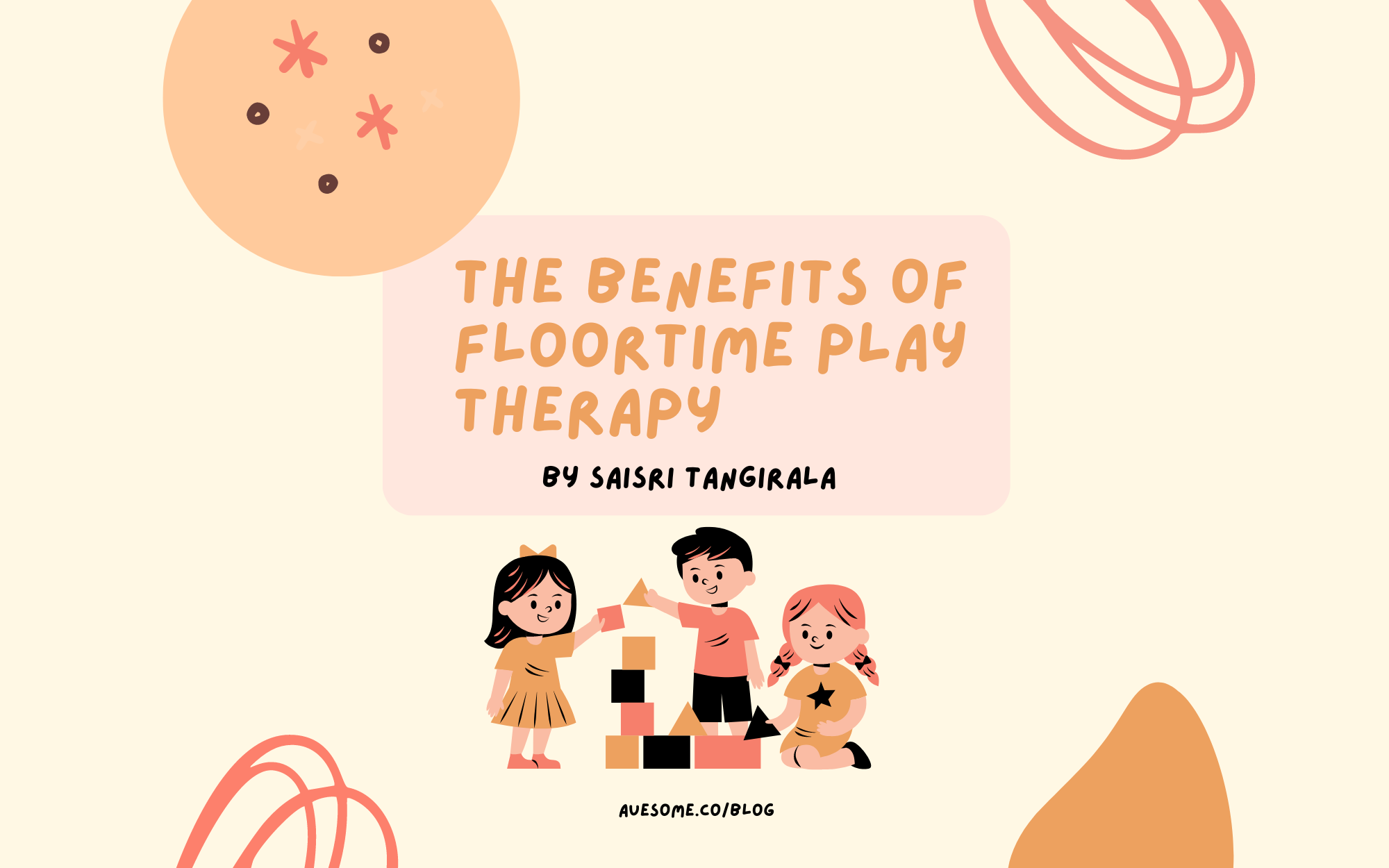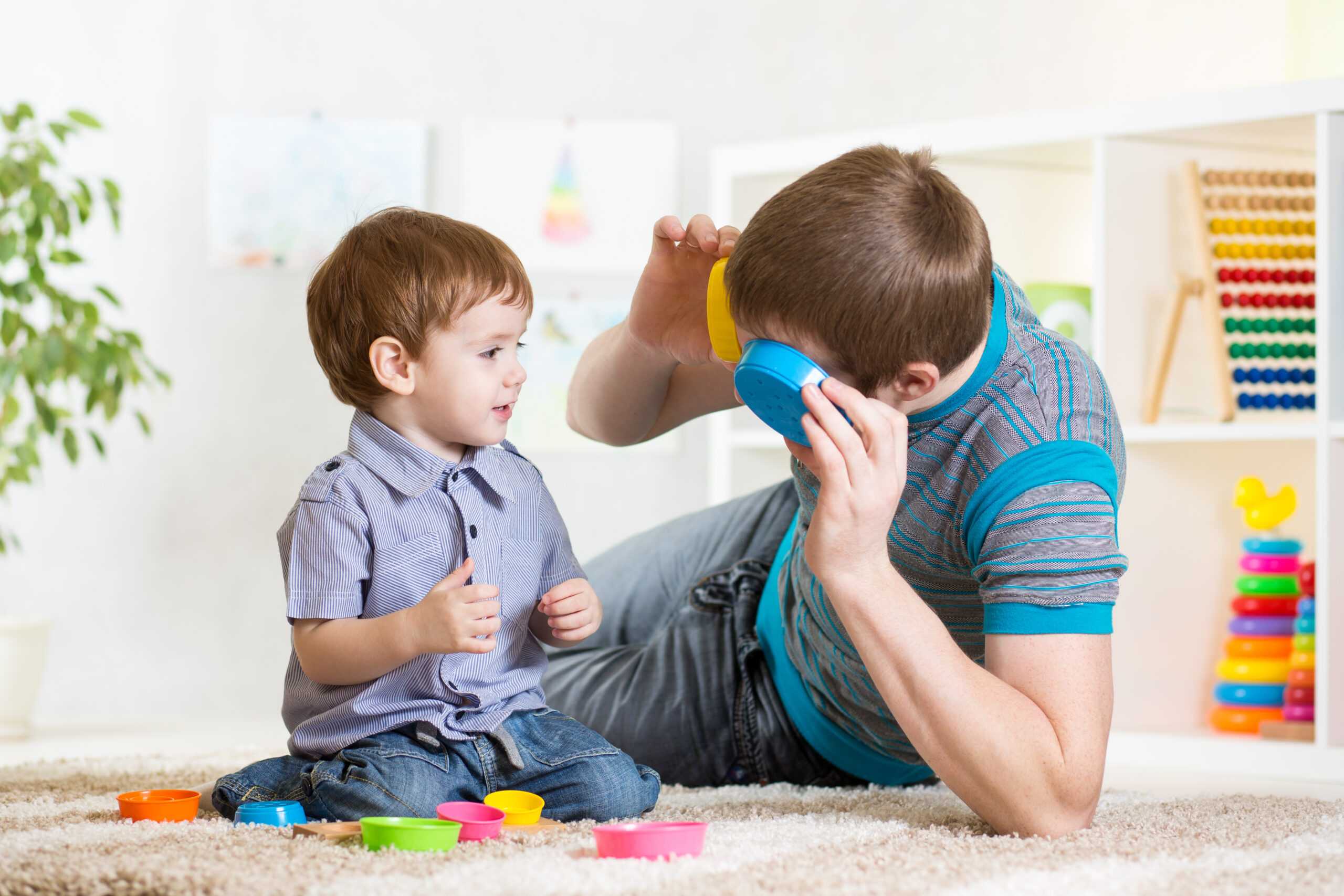The Benefits of Floortime Play Therapy
October 2022 • written by Saisri Tangirala • edited by Anshul Gupta

Floortime Play Therapy
The primary focus of therapy is to support children in their personal development. Reaching out to children on an emotional level not only helps in building stronger bonds but also encourages them to be comfortable with communicating with others. Floortime play therapy, a relationship-based therapy, engages children on the autism spectrum in fun play while expanding on their social skills.
Play sessions can be fun for anyone. From parents to providers, adults can enjoy developing social skills alongside children, fostering emotional growth in addition to learning integral skills. Focusing on children’s interests, such as preferring to play with colorful building bricks rather than learn about colors from a chart, allows for them to guide their own learning.
Floortime therapy was developed based on the DIR (developmental, individual differences, relationship based) intervention model by Dr. Stanley Greenspan, a child psychiatrist, and Dr. Serena Weider, a clinical psychologist. The DIR intervention model is often intended to guide the way for children to experience intellectual growth. Both doctors recognized that children can make positive emotional connections through interactive play sessions, which can take place anywhere from inside a home to a therapist’s office. This diversification makes floortime therapy accessible in various settings, particularly in at-home ones, regardless of affordability.

Multiple sessions can help children achieve milestones in emotional growth, emphasizing the need for interaction and a shared world. Some common goals that children can work towards include:
- Self-regulation and interest in the world
- Engagement in relations
- Two-way communication
- Complex communication and problem solving
- Creating emotional ideas through symbols
- Emotional thinking with the help of multiple perspectives
Drs. Greenspan and Weider are also authors of The Child With Special Needs and Engaging Autism. The Child With Special Needs lays out a step-by-step approach to work alongside children not only on the spectrum, but also those with developmental conditions like Down Syndrome, ADHD, and cerebral palsy. Another book written by both the doctors, Engaging Autism, introduces a unique approach to the autism spectrum with the help of family and peers, where Dr. Greenspan’s program does not limit the potential of those on the spectrum. Instead, they can join their peers and interact with them emotionally and intellectually. Both books integrate research and clinical experience to offer parents and therapists insight on helping children reach their potential.
